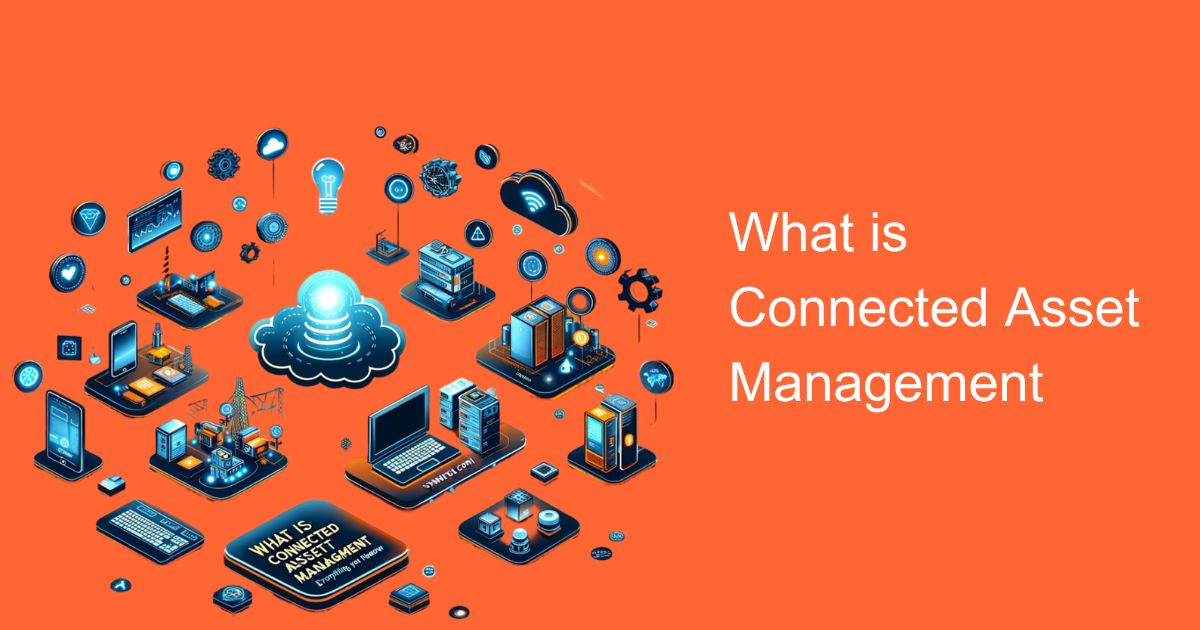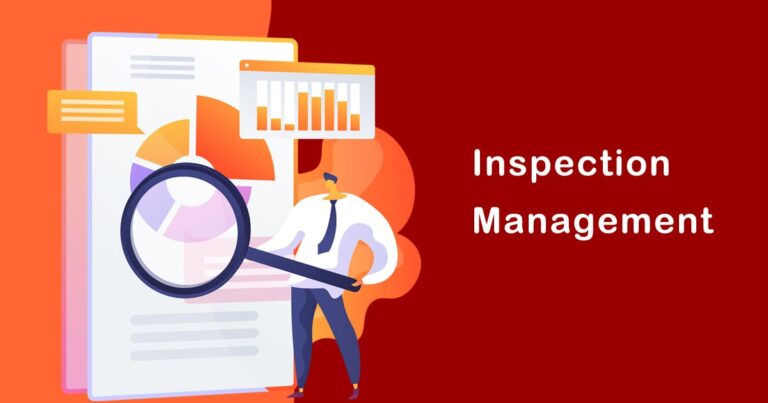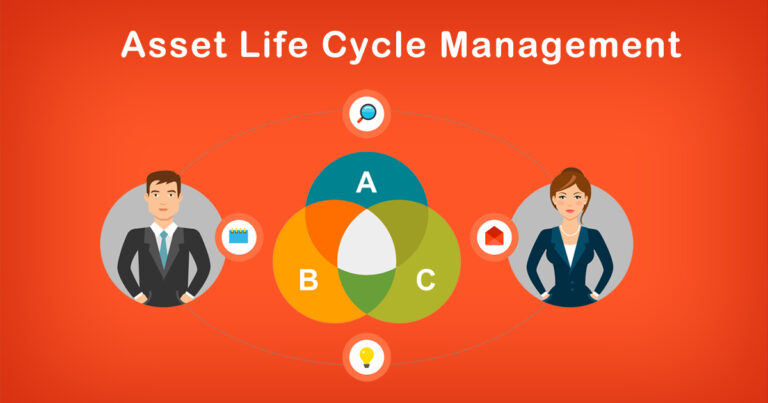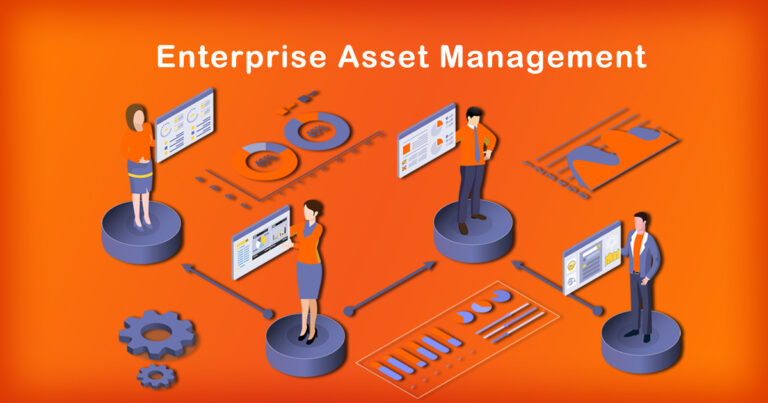Introduction
In today’s rapidly evolving digital landscape, businesses across the globe are constantly seeking innovative ways to enhance efficiency, reduce costs, and stay competitive. One such revolutionary concept that has gained prominence is Connected Asset Management (CAM). This comprehensive guide will explore what is Connected Asset Management, its significance in the Indian context, and how it is transforming various industries.
Understanding Connected Asset Management
Connected Asset Management (CAM) is a strategic approach that utilizes technology to monitor, track, and optimize physical assets efficiently. These assets can include machinery, equipment, vehicles, infrastructure, and even people. By collecting real-time data, CAM systems provide valuable insights that enable organizations to make informed decisions, streamline operations, and improve overall productivity.
The Components of Connected Asset Management
Sensors and IoT Devices:
These are the eyes and ears of CAM systems. They collect data from assets and send it to a central hub for analysis.
Data Analytics:
The collected data is processed using advanced analytics tools to extract meaningful insights. This can include predictive maintenance, asset performance optimization, and more.
Connectivity:
High-speed internet and robust network infrastructure are crucial for the real-time transmission of data.
Cloud Computing:
Cloud platforms store and process large volumes of data, making it accessible from anywhere, at any time.
User Interface:
An intuitive dashboard or interface allows users to monitor asset performance and make informed decisions.
Connected Asset Management in India
Connected Asset Management holds immense potential in India, where businesses and government bodies are increasingly embracing digital transformation. Here are some key applications:
Manufacturing:
Indian manufacturing companies can use CAM to optimize equipment performance, reduce downtime, and enhance product quality.
Agriculture:
In agriculture, CAM can monitor soil conditions, weather patterns, and equipment, aiding farmers in making data-driven decisions to improve crop yield.
Transportation:
The transportation sector can benefit from CAM by improving fleet management, reducing fuel consumption, and enhancing safety.
Energy:
CAM can help utilities in India manage and maintain critical infrastructure more efficiently, reducing energy losses and improving reliability.
Smart Cities:
As India continues to develop smart cities, CAM can be used to manage and maintain various infrastructure elements such as traffic lights, waste management, and public transportation.
Benefits of Connected Asset Management in India
Cost Reduction:
CAM helps in predictive maintenance, minimizing downtime, and reducing repair costs, which is crucial for cost-conscious Indian businesses.
Increased Efficiency:
Industries in India can enhance productivity by using real-time data to optimize asset utilization and reduce energy consumption.
Data-Driven Decisions:
CAM provides actionable insights, enabling Indian organizations to make informed decisions that lead to better outcomes.
Improved Safety:
In industries such as construction and mining, CAM enhances safety by monitoring equipment and alerting workers to potential hazards.
Challenges and Considerations
Data Security:
As with any digital technology, data security is a significant concern. Indian organizations need to invest in robust cybersecurity measures to protect sensitive information.
Infrastructure:
While urban areas in India have advanced infrastructure, rural areas may face challenges in implementing CAM due to connectivity issues.
Skilled Workforce:
There is a need for a skilled workforce to manage and maintain CAM systems, which may require training and upskilling programs.
Conclusion
Connected Asset Management is ushering in a new era of efficiency and productivity across various industries in India. As the country continues to digitize, CAM will play a pivotal role in shaping the future of asset management. Businesses that embrace this technology will be better positioned to thrive in the digital age, and the Indian economy will reap the benefits of increased competitiveness and sustainability. With the right strategies and investments, India can harness the full potential of CAM for its growth and development.








